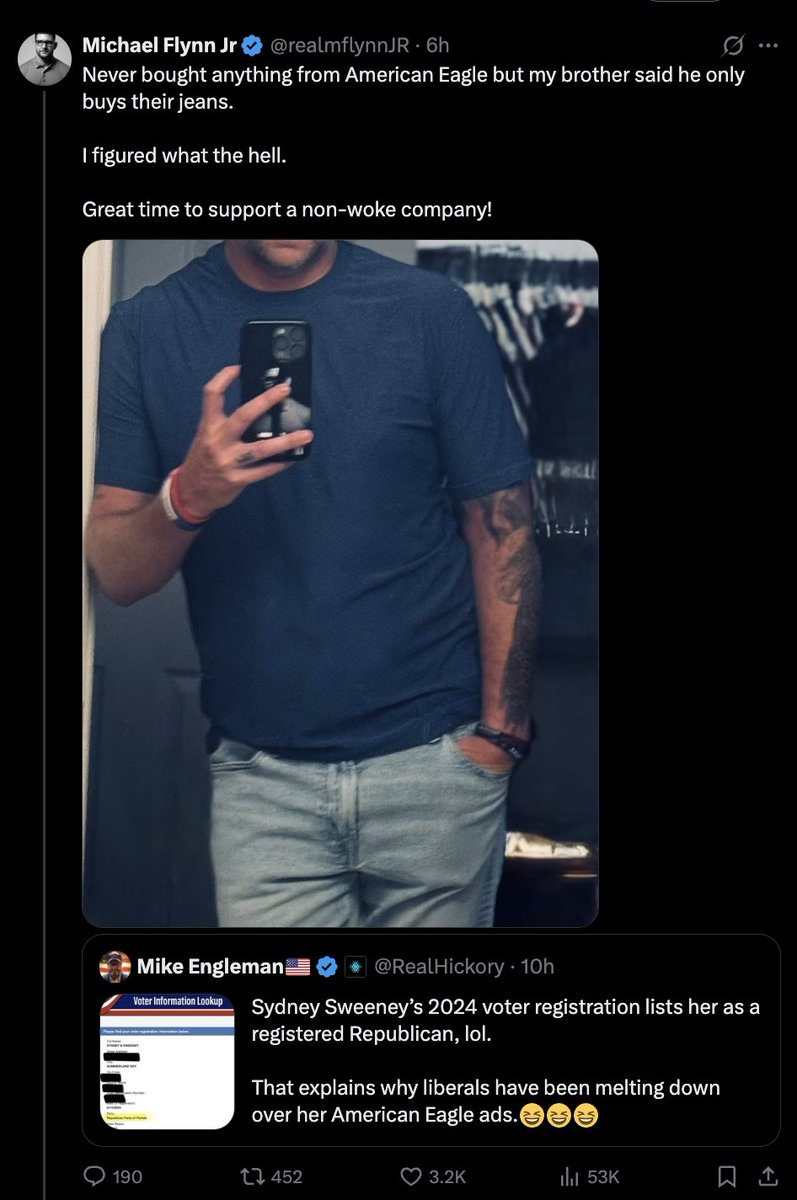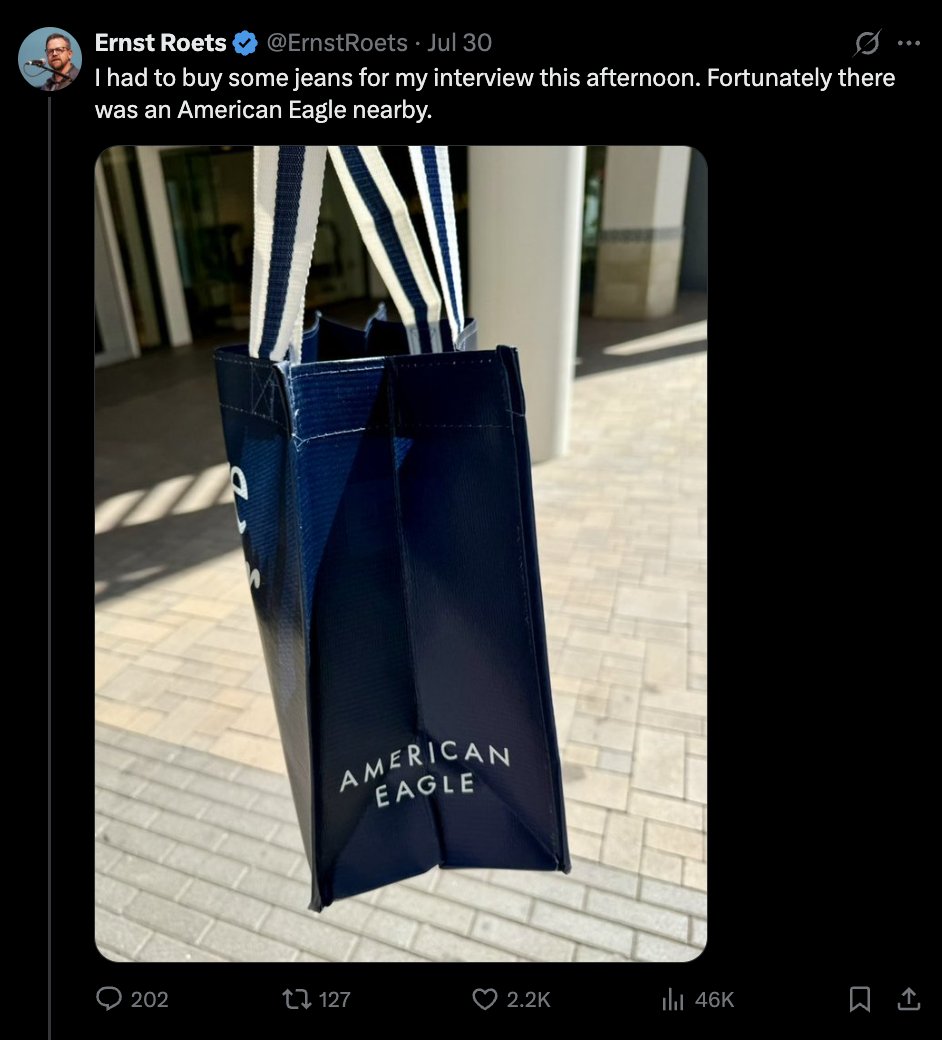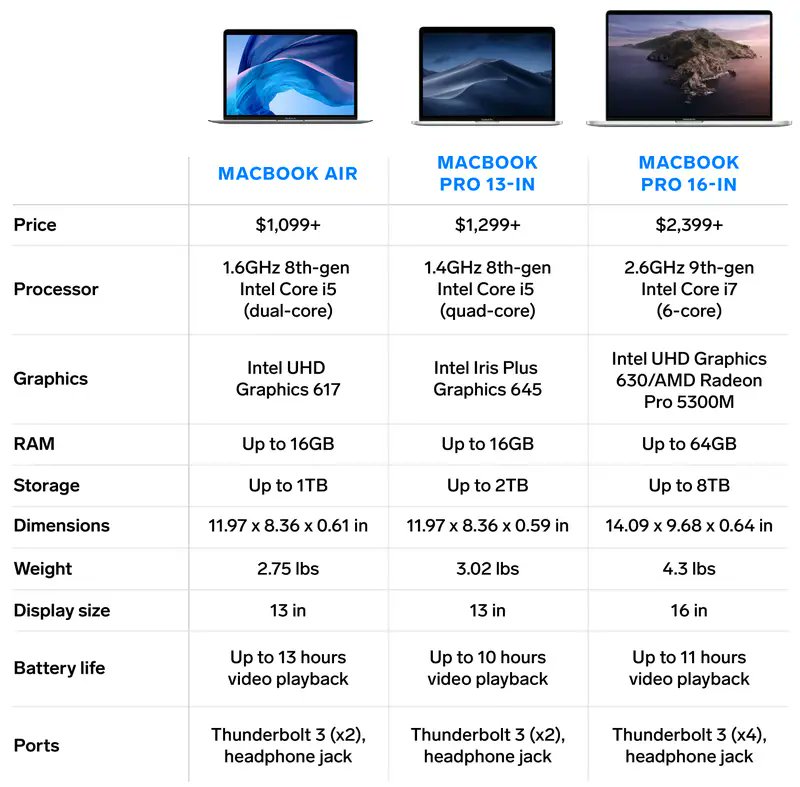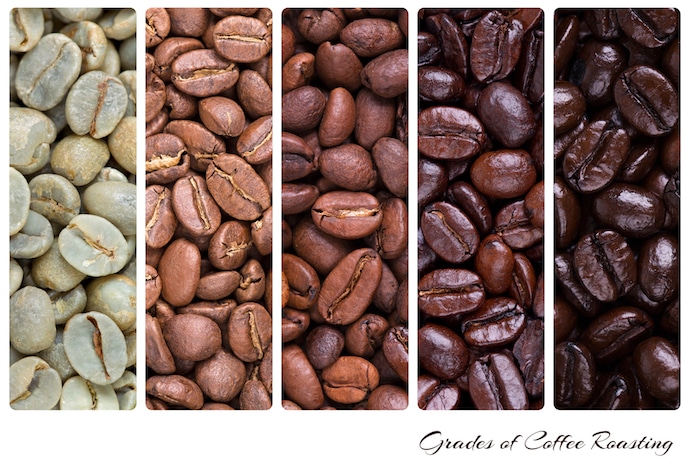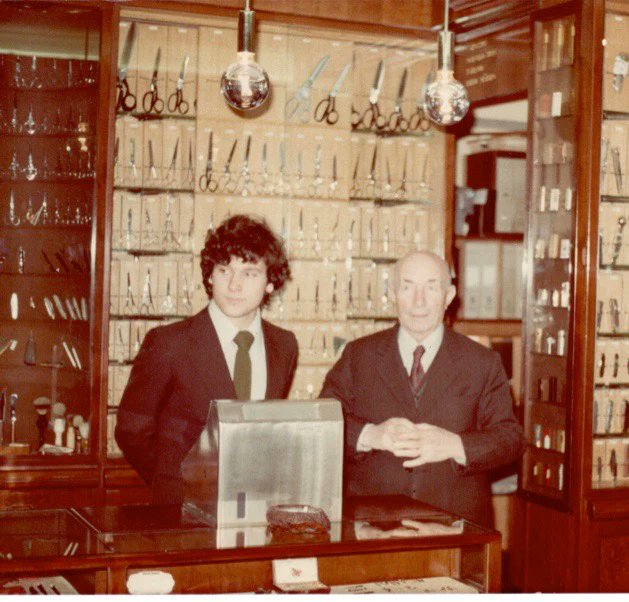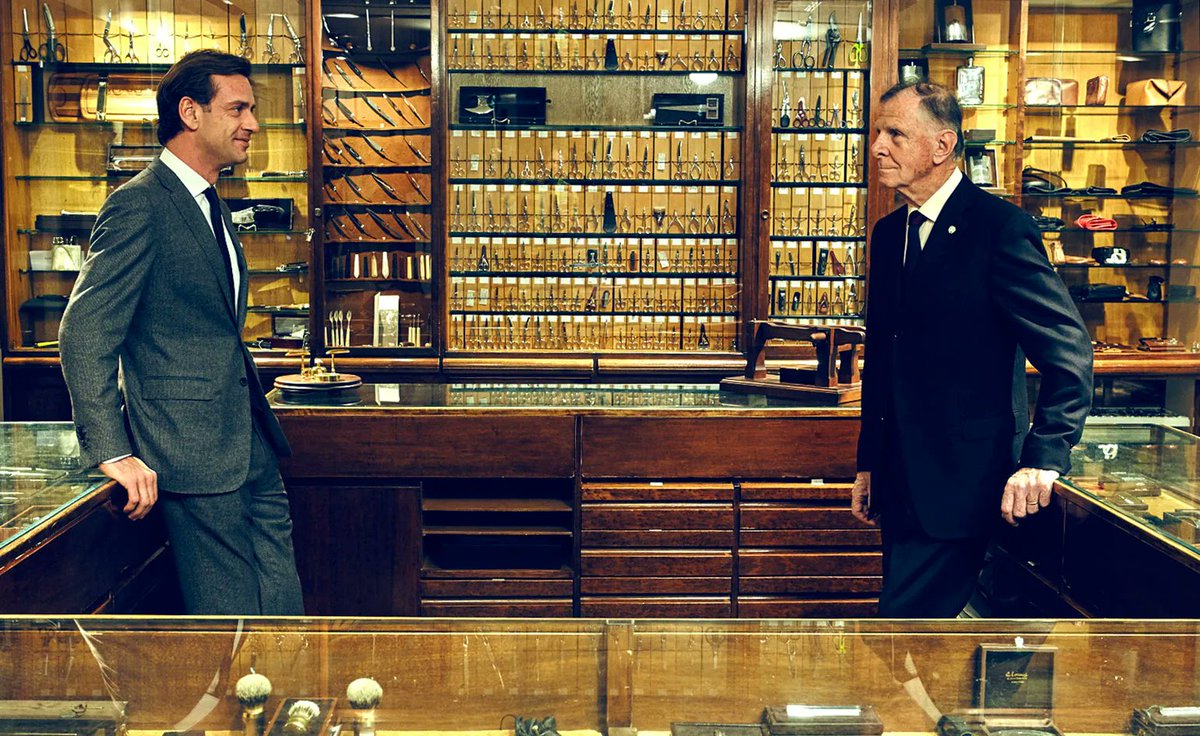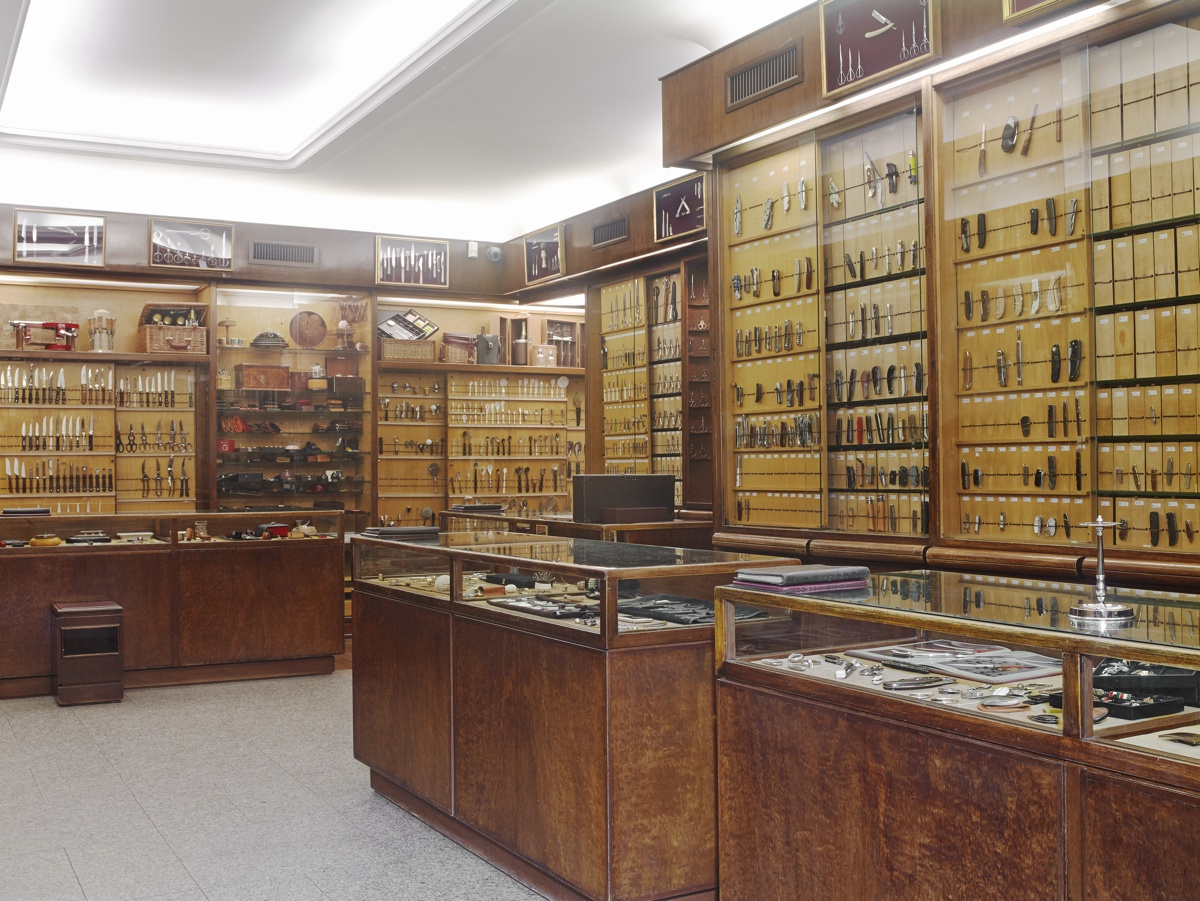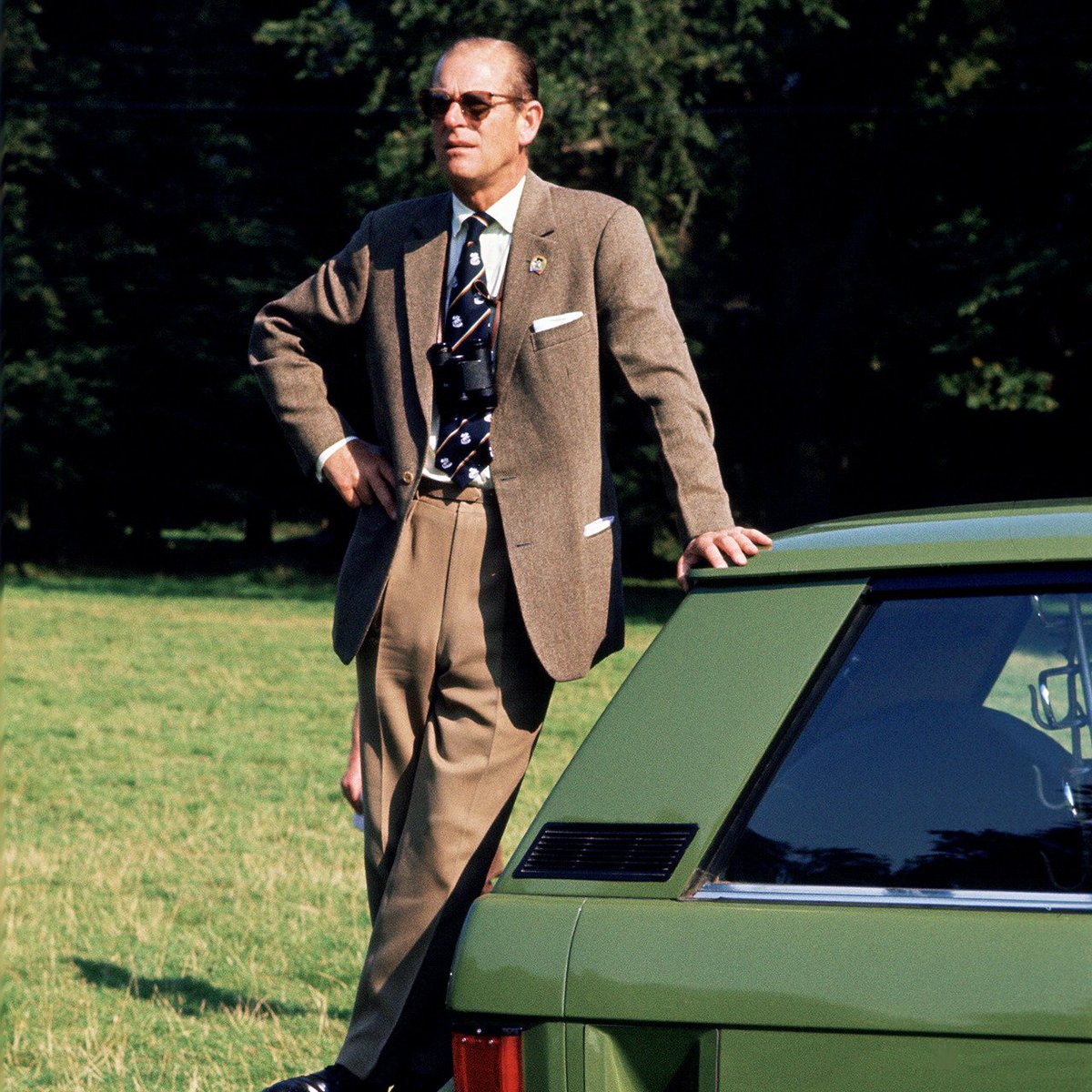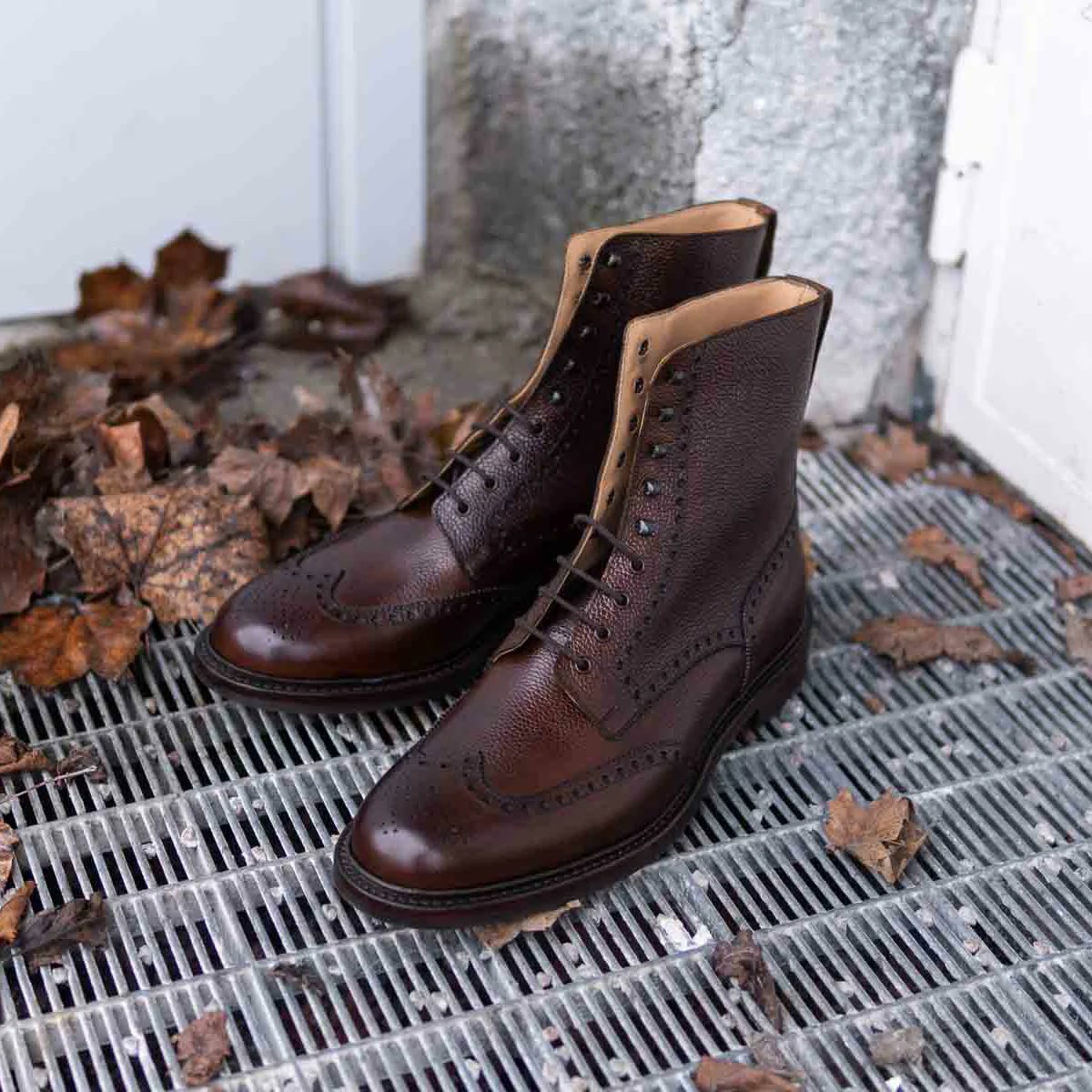After my tweet about athletes in suits, a few people asked for my opinion on various players. The opinion is always the same: the clothes are too small; the combos are often bad taste. I will show you a basic transformation in the next few tweets. 🧵 







First, let's look at Lebron. Here he is in two different white double-breasted suits, both outfits worn similarly (with white sneakers).
Which outfit do you like better? Please choose before moving on.

Which outfit do you like better? Please choose before moving on.


If you said the first, then we share the same taste. In this case, iIwill tell you how to avoid the second.
When people get into tailoring, they often have a very clinical view of how something should fit. "Trousers should be slim" or "shoulder seam should be on shoulder bone."
When people get into tailoring, they often have a very clinical view of how something should fit. "Trousers should be slim" or "shoulder seam should be on shoulder bone."
Since many are not used to tailoring, they often think that a proper suit jacket or sport coat is too long. This is natural because their reference point is casualwear, such as bomber jackets or trucker jackets. Those are indeed shorter 



They also have in their mind that trousers should be slim bc you don't want to look like this meme.
The first step out of this is to rid yourself of the slim fit mind virus. Also totally disregard designers and trends. Think first of how a bespoke tailor would make a garment.
The first step out of this is to rid yourself of the slim fit mind virus. Also totally disregard designers and trends. Think first of how a bespoke tailor would make a garment.

I can't list all the rules in this thread—and anyway, if you're interested, I've done many threads about this already—but a basic concept is that fit and silhouette are two different things. Fit is about whether the collar hugs your neck and whether things pull or pucker.
The irony is that everyone today thinks that slim is better, but most of the problems you see in tailoring—collar gap, shoulder divot, buckling lapel, pulling at the button, trousers clinging to the leg, etc—are a result of clothes fitting too slim. 



Once you nail fit, there's silhouette. The term silhouette refers to the outline (or shape) of your clothes once you take away the details. Notice how this garment broadens the person's shoulder line and makes their chest look bigger. this is the result of careful tailoring. 

The reason why Lebron looks better on the left is because the garment has *shape*. The chest is nice and round; the jacket is longer. The garment has swagger. By contrast, the outfit on the right has no verve.
Ask yourself: does left-pic Lebron look like "baggy 1990s manager?"

Ask yourself: does left-pic Lebron look like "baggy 1990s manager?"


None of these outfits look good to me because the tailoring is not very impressive. It all looks like early 2000s trends, done 20 years too late, and produced using a made-to-measure factory system. The clothes have no shape; they just cling to the body. 







Many people, including me, like Colman Domingo's style. Beyond the high level of taste—meaning, the way he combines clothes—there's the matter of shape and drape. These clothes fit well, hang well, and have a distinctive silhouette. They're not just replicating his body. 







I will do a thread another time on how to wear tailoring with better taste. But on a very basic level, many athletes look bad in tailoring bc they are using MTM block systems reliant on 20 year old trends that are both out of date & unflattering on them.
I say this with no malice. I don't know any of these people and hold no ill will to them. I only lay this out bc everyday guys who are less famous and earn less money make the same mistakes, and I wish better for them. IMO, tailoring on the right is better bc of these concepts. 



• • •
Missing some Tweet in this thread? You can try to
force a refresh







